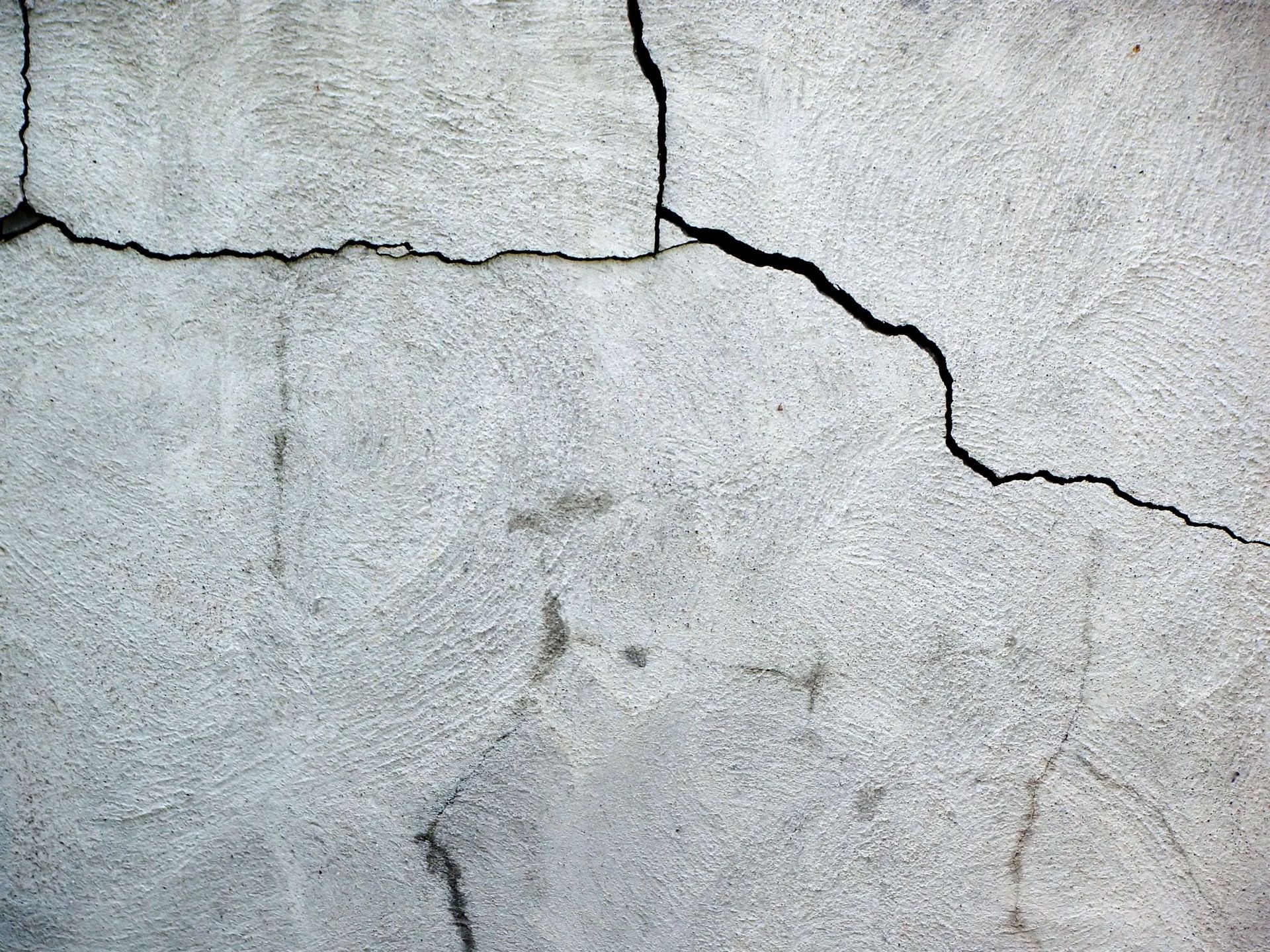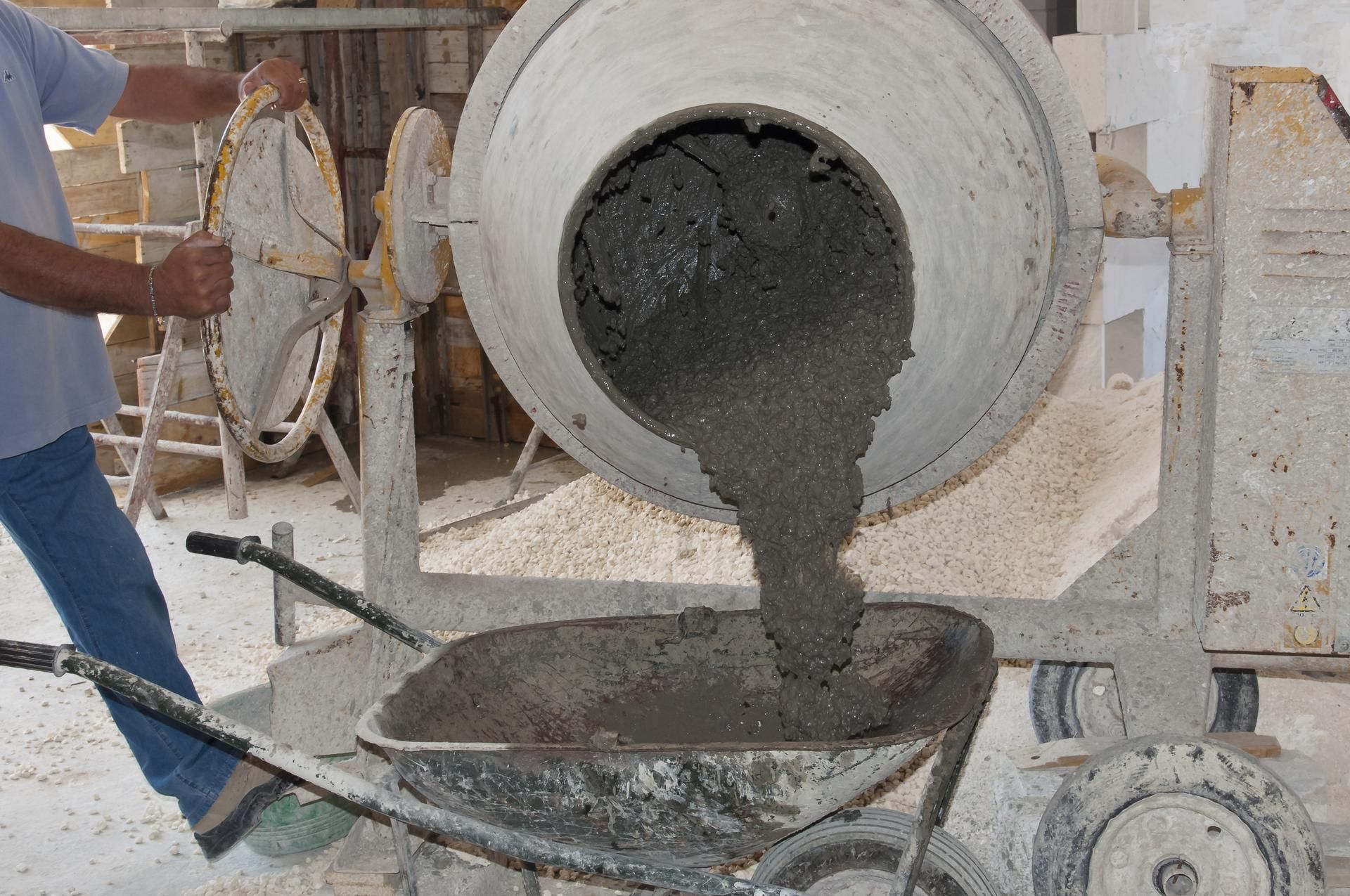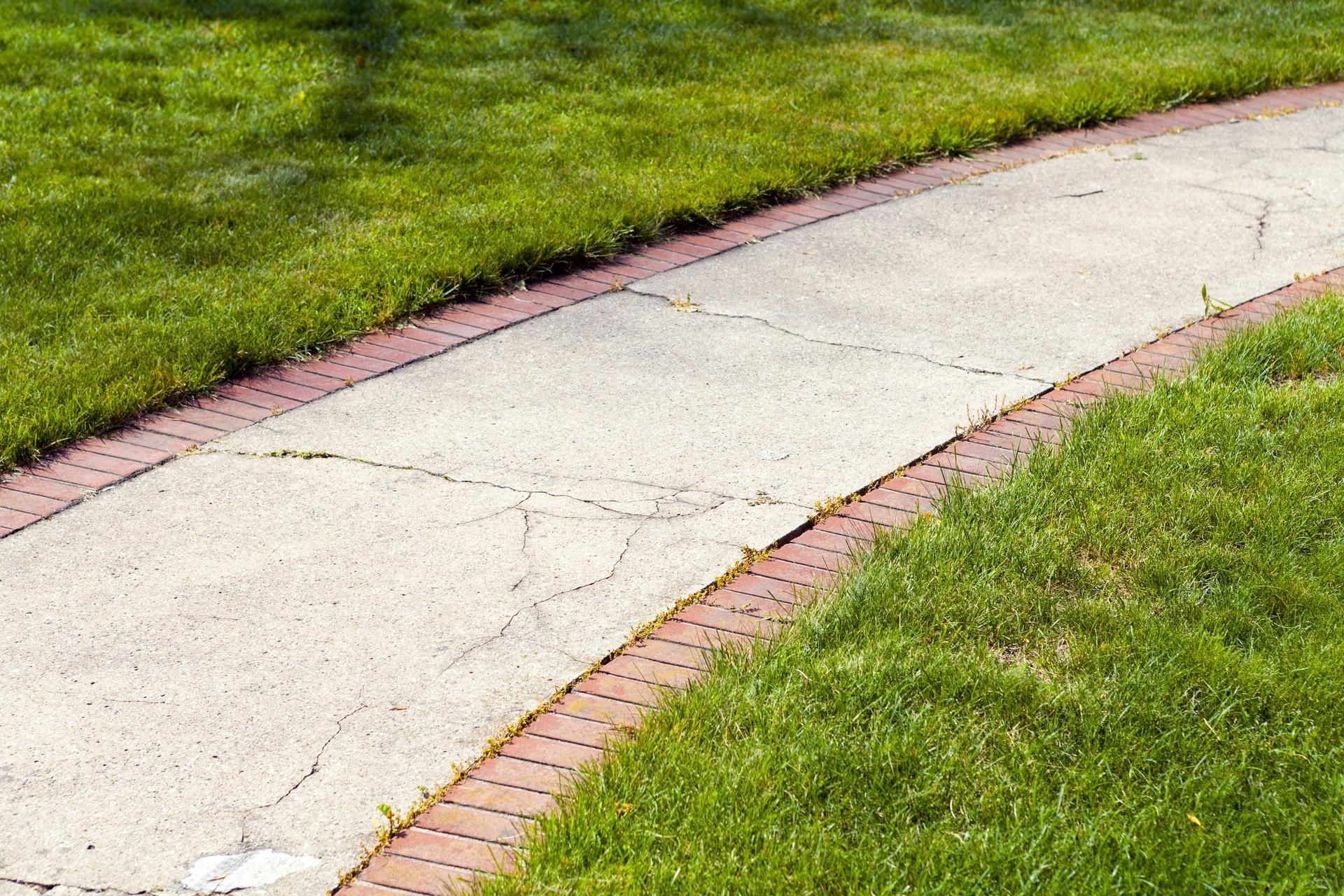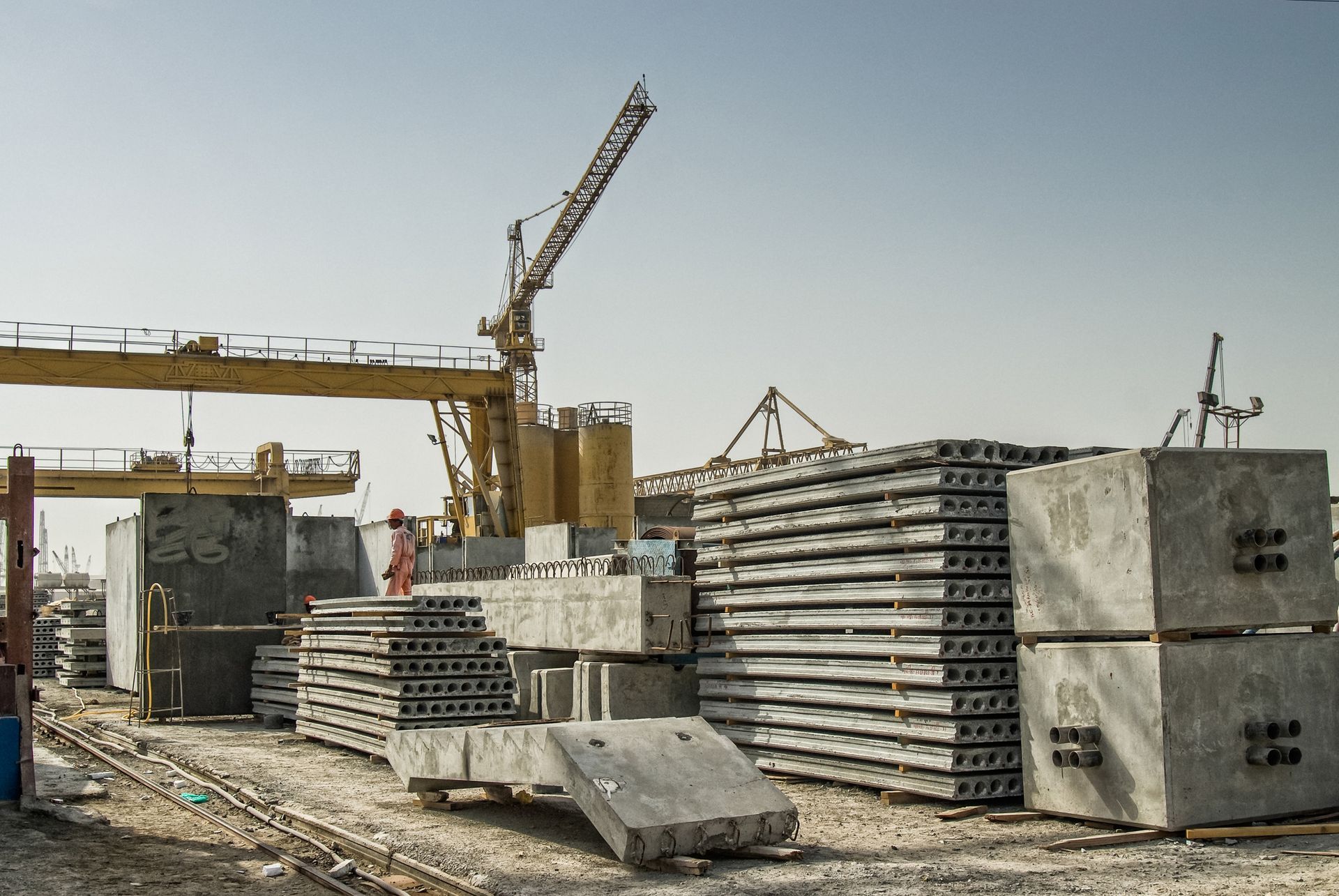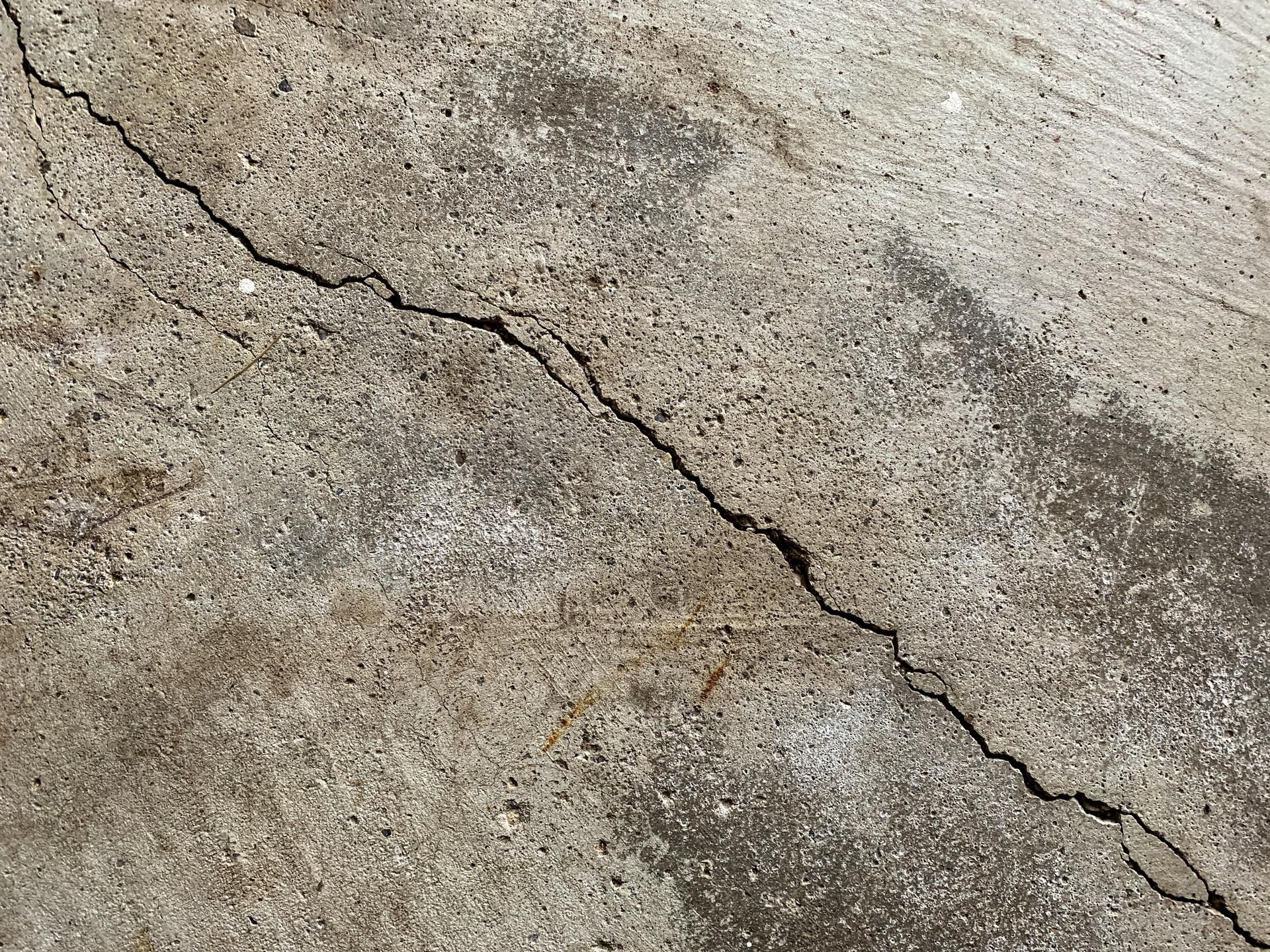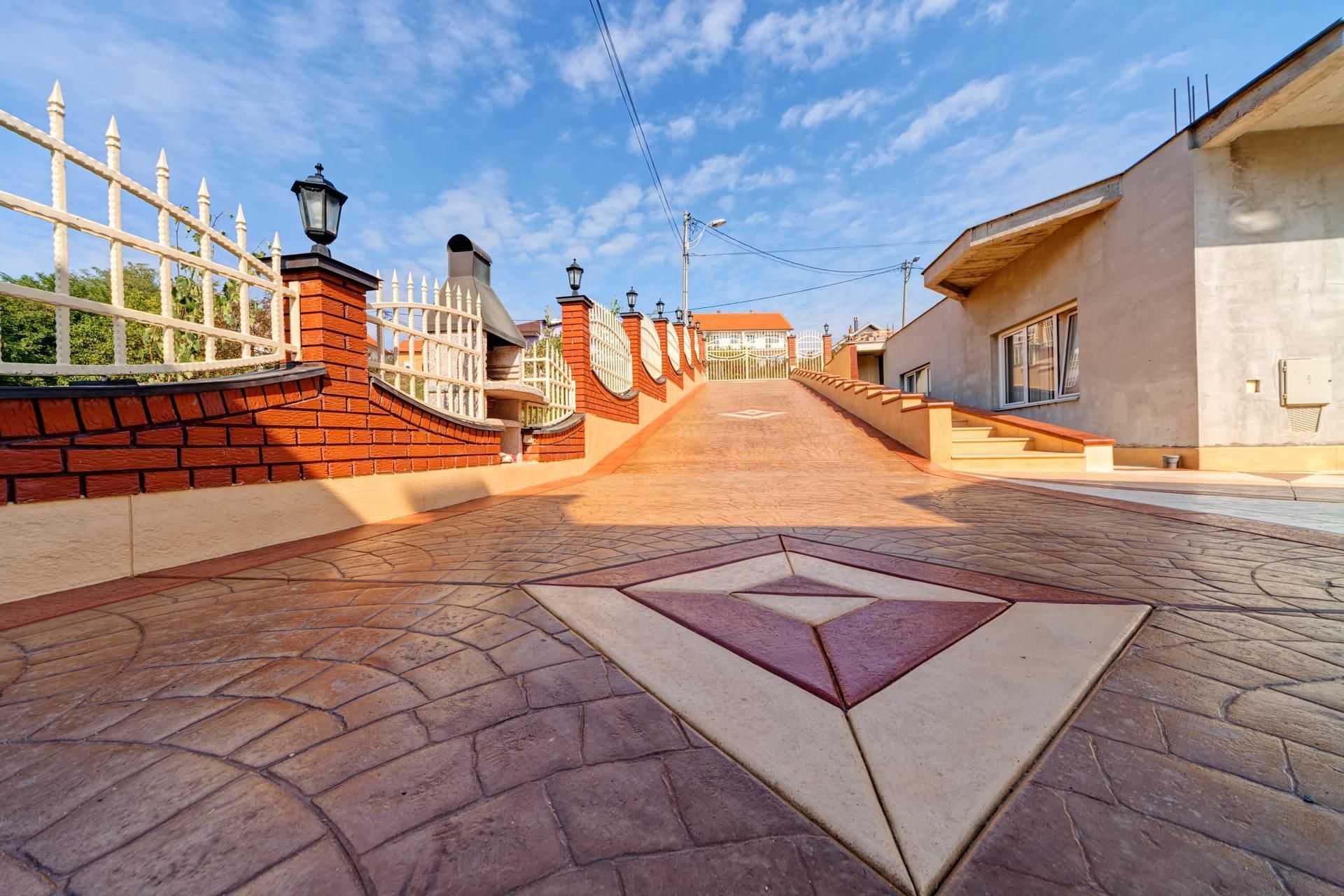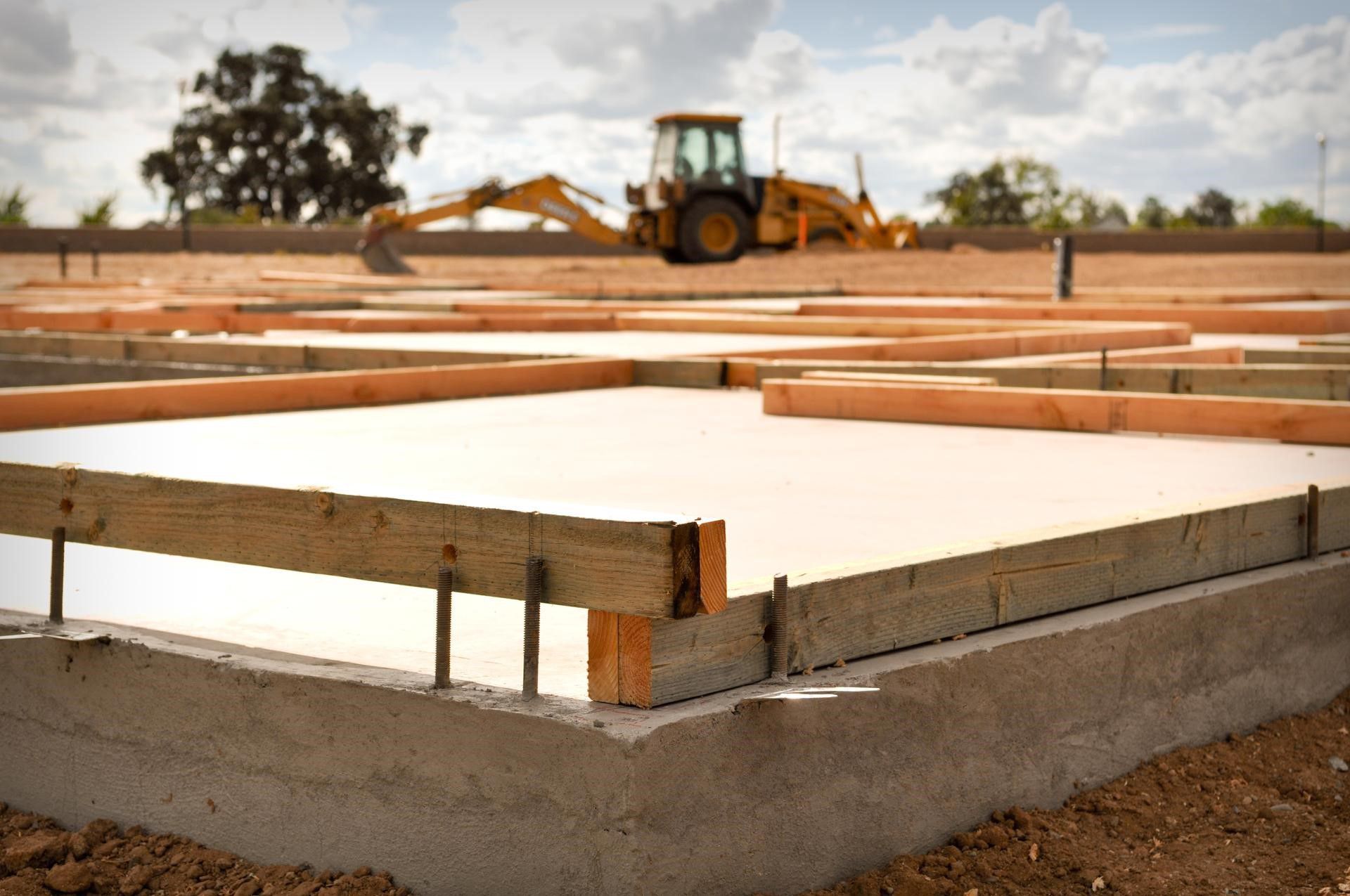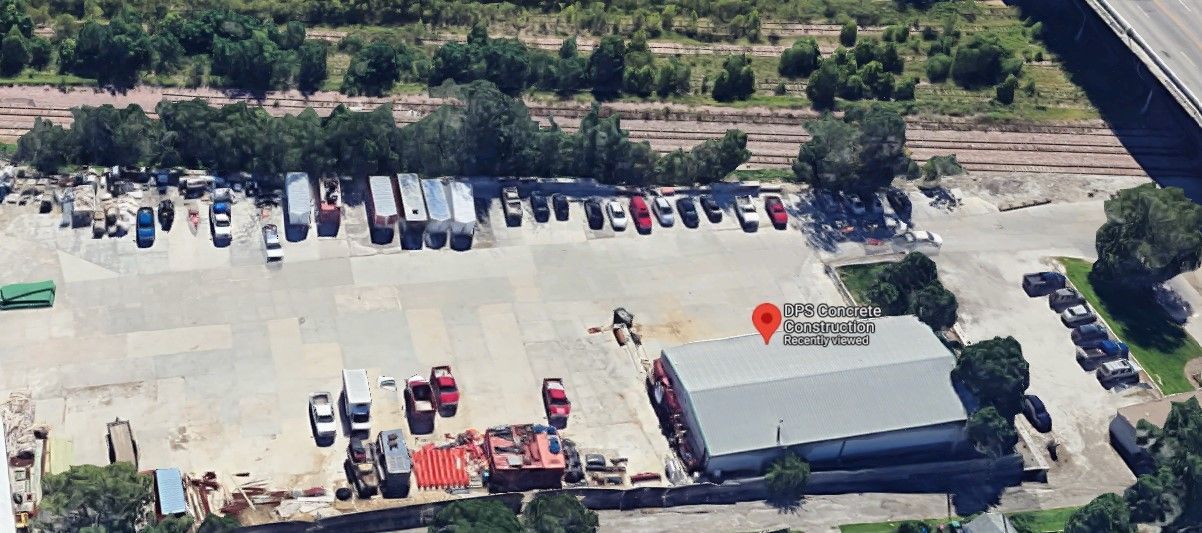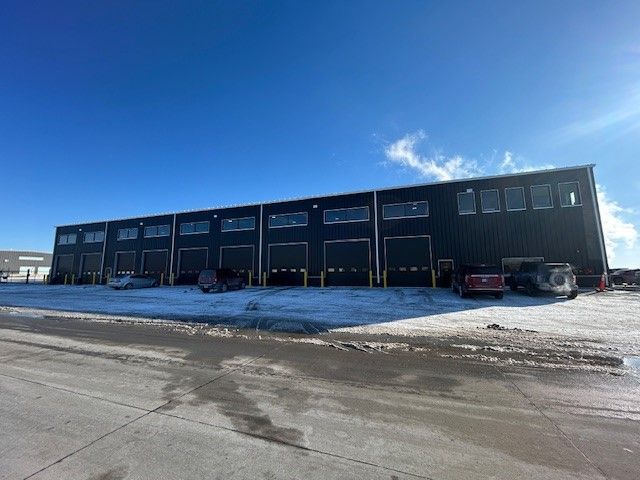Freeze/Thaw Cycle Effects on Concrete: What You Need to Know
Concrete is renowned for its strength and versatility, but even this durable material has vulnerabilities. One of the most significant challenges faced by concrete structures is damage caused by freeze/thaw cycles. These cycles occur when water infiltrates the pores and cracks of concrete, freezes during cold temperatures, and then thaws as temperatures rise. Over time, the repeated stress from freezing and thawing can lead to serious structural issues. Understanding how freeze/thaw cycles affect concrete is essential for protecting and maintaining your investment.
What Happens During a Freeze/Thaw Cycle
When water penetrates concrete, it seeps into its tiny pores and cracks. As temperatures drop, the water freezes and expands. This expansion creates internal pressure within the concrete, causing microscopic cracks to form. When temperatures rise, the ice melts, allowing water to flow deeper into the material. Repeated cycles exacerbate these cracks, weakening the concrete and eventually leading to visible damage.
Surface Scaling and Its Impact
One of the earliest signs of freeze/thaw damage is surface scaling. This is when the top layer of concrete begins to flake or peel away. Surface scaling not only affects the appearance of the concrete but also compromises its durability by exposing the inner layers to moisture and other elements. Over time, this can lead to deeper structural damage.
Cracking as a Structural Concern
Cracks are a common consequence of freeze/thaw cycles and pose a significant threat to the integrity of concrete structures. As water repeatedly freezes and expands, small cracks grow larger, ultimately compromising the strength of the concrete. Cracks can also allow more water to infiltrate, perpetuating the freeze/thaw cycle and accelerating the rate of damage.
Spalling and Long-Term Deterioration
Spalling occurs when large chunks of concrete break off from the surface. This issue is particularly concerning in structural elements like bridges, columns, and foundations, where the loss of material can severely affect load-bearing capacity. Spalling is often accompanied by rusting of internal steel reinforcements, further weakening the structure and increasing repair costs.
Factors That Increase Freeze/Thaw Vulnerability
Certain conditions make concrete more susceptible to freeze/thaw damage. The quality of the concrete mix plays a crucial role, as poorly mixed or improperly cured concrete is more porous and prone to water infiltration. Exposure to deicing salts can also exacerbate the problem by increasing the amount of moisture absorbed by the concrete. Additionally, areas with poor drainage are at greater risk, as standing water can infiltrate and freeze more easily.
Preventing Freeze/Thaw Damage
While freeze/thaw cycles are inevitable in colder climates, their impact on concrete can be mitigated through preventive measures. One effective approach is to use air-entrained concrete, which contains tiny air bubbles that act as expansion chambers for freezing water. This helps reduce internal pressure and prevents cracks from forming.
Applying a high-quality concrete sealer is another critical step in minimizing damage. Sealers create a protective barrier that reduces water absorption, preventing moisture from infiltrating the concrete. Ensuring proper drainage around concrete surfaces can also help by diverting water away and minimizing pooling.
The Importance of Regular Maintenance
Routine maintenance is vital for identifying and addressing freeze/thaw damage before it becomes severe. Regular inspections can help detect early signs of scaling, cracking, or spalling, allowing for timely repairs. Small cracks can often be filled or sealed to prevent further water infiltration, while damaged areas can be resurfaced to restore structural integrity.
Freeze/thaw cycles pose a significant threat to concrete structures, causing scaling, cracking, spalling, and long-term deterioration. However, understanding the mechanics of this process and taking preventive measures can significantly reduce the impact. By using air-entrained concrete, applying protective sealers, ensuring proper drainage, and conducting regular maintenance, you can extend the life of your concrete and protect it from the damaging effects of freeze/thaw cycles. Proactive care not only preserves the strength and appearance of your concrete but also saves you time and money in the long run.
For more information about this, contact us at DPS Construction.

